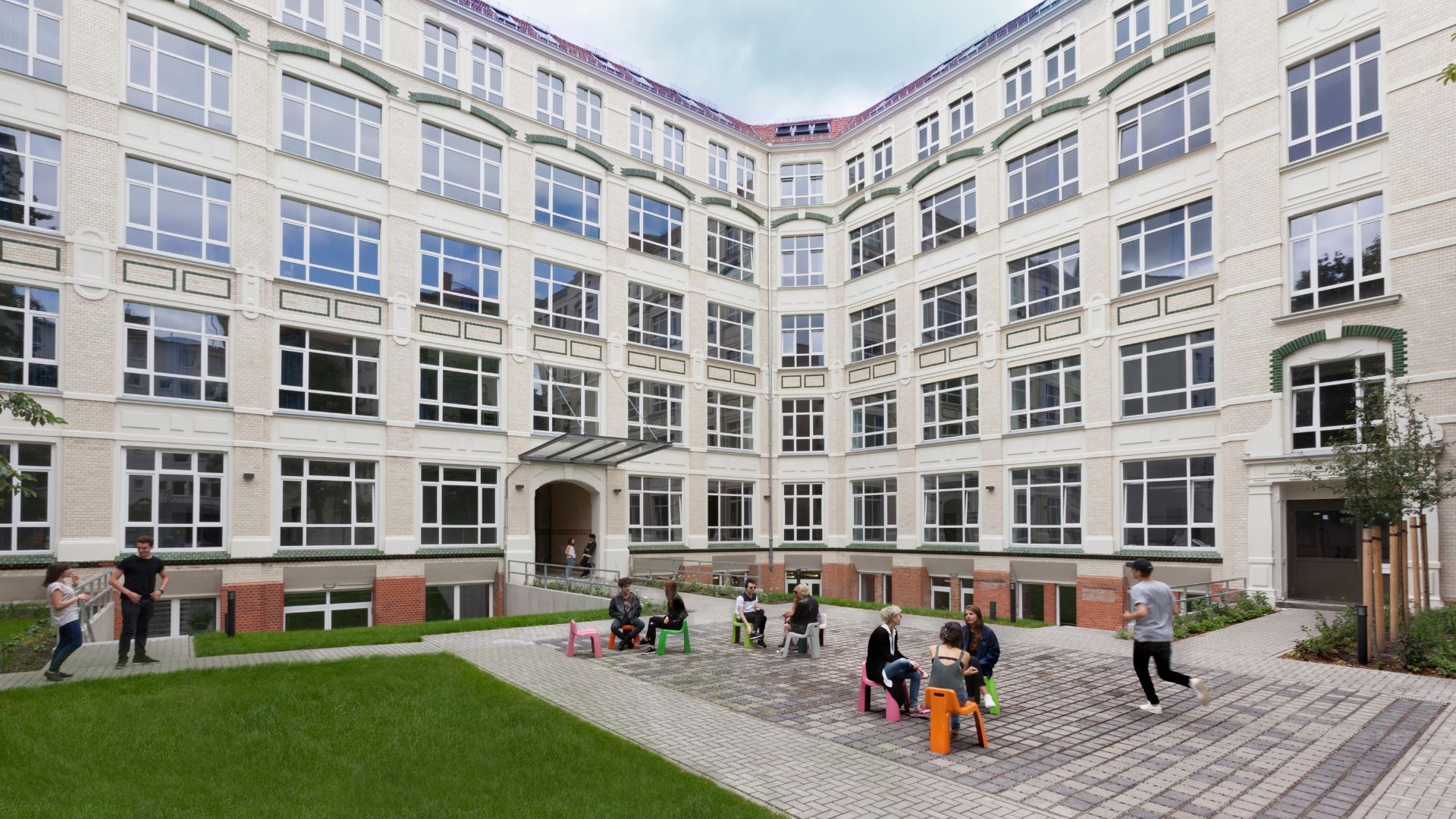
Germany: Germany is the second-most populous country in Europe after Russia, and the most populous member state of the European Union. Situated between the Baltic and North seas to the north and the Alps to the south, Germany is home to nearly 84 million people within 16 states. As a member of the United Nations, the European Union, NATO, the Council of Europe, the G7, the G20 and the OECD, Germany is an important geopolitical actor. Germany is also a global power in industrial, scientific, and technological sectors.
Berlin: Students are welcomed with open arms in Germany’s capital city, where the cost of living is reasonable, public transportation is excellent, green space is abundant, and businesses – from hip tech start-ups to international conglomerates – thrive. Home to more than 3.7 million people, Berlin boasts the most productive workers in the world. Berlin is also rich in culture with a wealth of museums, landmarks, and stunning architecture, not to mention its vibrant art and dining scenes. Berlin’s 24-hour public transportation system is extensive and connects the areas of the city accessibly and quickly.
Neighborhood: Located in the heart of the Kreuzberg district–one of the most popular neighborhoods in Berlin–CIEE’s campus contains the best of both worlds, with a U.S.-style residential life program within a local German neighborhood. The campus also offers easy access to a variety of shops, markets, restaurants, and cafes in its location steps from a neighborhood subway station with easy access to the rest of the city. Checkpoint Charlie, the Jewish Museum, and Berlin’s historic “Mitte” district are all within walking distance. A 10-minute bike ride takes you to the expansive oasis of Tempelhof, the former airport of Berlin Airlift fame that now serves as a giant urban park.
Campus: Students live and take classes in a living-learning community in a large, refurbished factory. Dining options include the campus’s on-site café, or students can explore the myriad of restaurants and cafés in the Kreuzberg neighborhood. Lounges of the residence hall allow students to mix and mingle over meals, cultural activities, study groups, and special events. Larger common areas, quiet study areas, and a library are on the ground floor, and inner courtyards offer comfortable spaces to pass the time.
Climate: N.U.in Germany students are encouraged to bring raincoats, an umbrella, and appropriate shoes, as the weather in Berlin can be variable. Expect warmer temperatures near the beginning of the semester and cooler weather as the semester progresses. It becomes very cold and gray in late fall, but there is very little snow in Berlin (for reference, 50 degrees F is equal to 10 degrees C). Below is a chart of average temperatures and precipitation:
| Month | Avg. Low | Avg. High | Precipitation |
|---|---|---|---|
| September | 50°F | 66°F | 1.80 in |
| October | 43°F | 56°F | 1.40 in |
| November | 36°F | 45°F | 1.80 in |
| December | 30°F | 37°F | 2.20 in |
